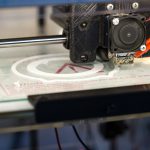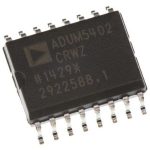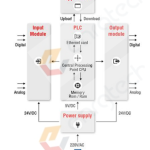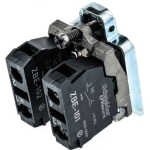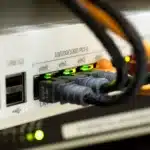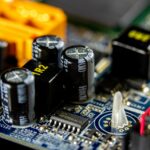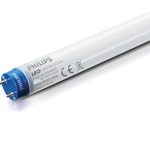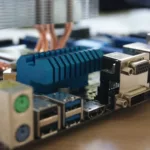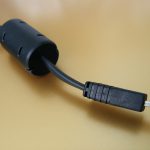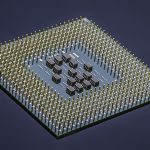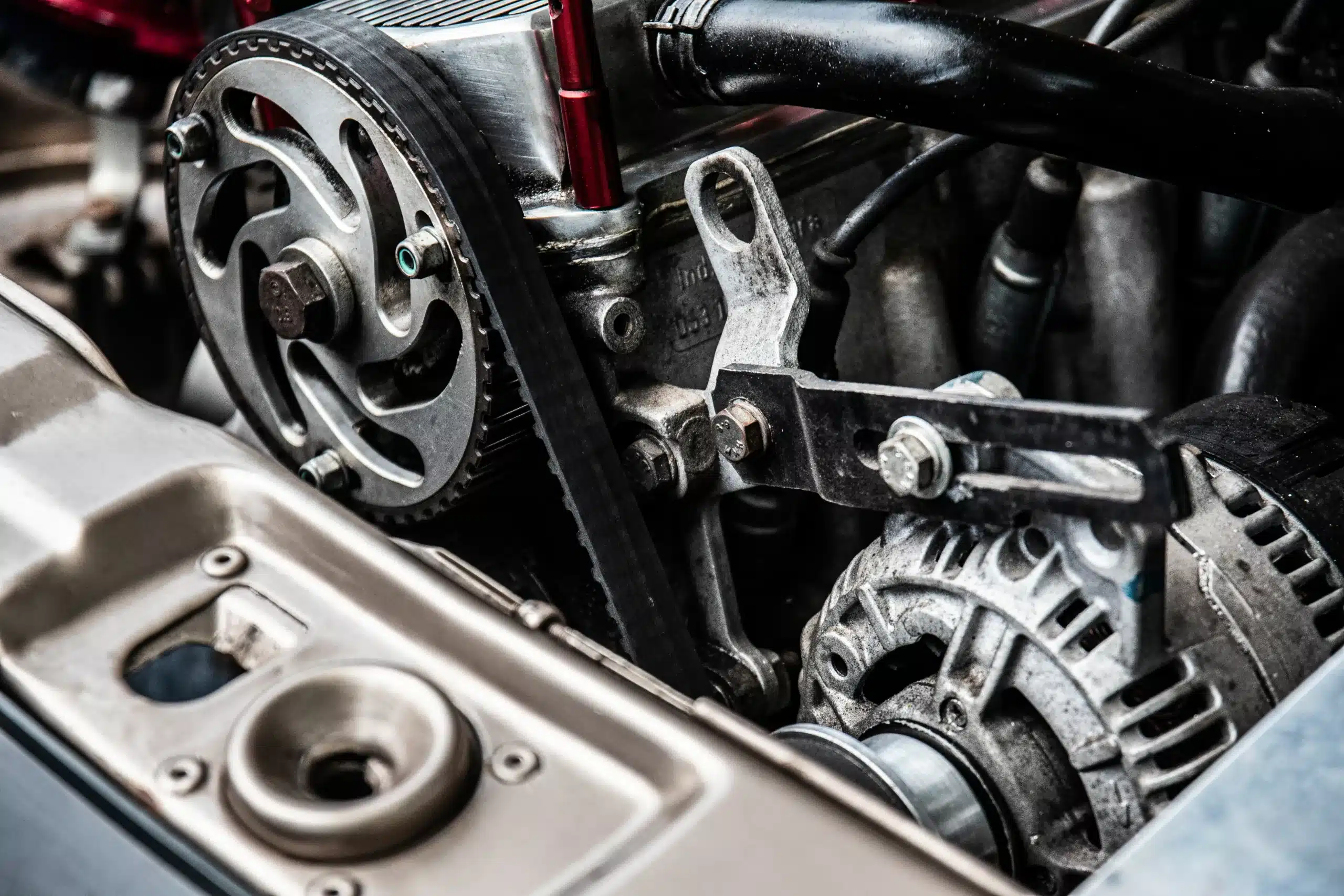
Introduction
The incredible roles of a DC converter in low power applications cannot be overstated in the electronics landscape, where efficiency and performance are paramount. These advanced devices can significantly manage and optimise regulated power flow in modern gadgets and systems to operate with enhanced energy efficiency and reliability. This article explores the significance of DC converters in low power applications, highlighting their mechanisms, types, applications, and benefits.
Understanding DC Converters: The Importance and Functionality in Low Power Applications
DC or DC-DC converters, also called voltage regulators or voltage converters, are electronic devices designed to convert direct current voltage from one level to another. These devices shine as indispensable components in low power broad spectrum applications, including portable electronics, wearable devices, IoT sensors, and battery-operated systems.
The fundamental functionality of DC converters lies in the ability to maintain a consistent output voltage level despite variations in input voltage and load conditions. This consistent voltage level ensures the connected electronic components receive stable power for extended periods. Ultimately, the stable and reliable power supply minimises malfunctions due to voltage fluctuations.
DC-DC and AC-DC Converter for Low Power Applications: Understanding the Difference
DC-DC and AC-DC converters are essential components in various electronic systems, efficiently converting electrical power between different voltage levels and types.DC-DC converters can either step up (boost), step down (buck), or invert DC power sources. These converters can power electronic devices requiring different voltage levels than provided primary power sources, such as batteries or solar panels.
On the other hand, AC-DC converters, also called rectifiers, can convert alternating current (AC) power to DC power. These devices can be mostly found in power adapters, battery chargers, and other devices requiring DC power from an AC source. In low-power applications, the AC-DC converter types include a half-wave rectifier, a full-wave rectifier, a buck-boost AC-DC converter, and an isolated AC-DC converter.
You May Also Like This : “Dual DC/DC Converter Power Driver Modules”
Regulating Mechanisms of DC Converters
DC converters work on various mechanisms to achieve voltage regulation, each tailored to specific low power requirements. Some of the popular mechanisms include:
- Linear Regulators – Linear regulators work by dissipating excess voltage as heat, resulting in a steady output voltage. These low-current consumption devices are simple and economical but are less efficient.
- Switching Regulators – Switching regulators, which include buck, boost, and buck-boost converters, operate by periodically switching the input voltage ON and OFF. This mechanism results in reduced energy loss and enhanced efficiency. Switching regulators are ideal for environments with varying input voltages and low power demands.
- Charge Pumps – Charge pumps generate an output voltage by using capacitors to transfer charge between different voltage levels. They are commonly used in applications requiring modest voltage increases.
Benefits of DC Converters in Low Power Applications
The integration of DC converters offers several benefits for low power applications, such as:
- Robust Efficiency – DC converters are exceptionally efficient, minimising energy wastage with enhanced power usage in devices with limited power energy sources, like batteries or energy harvesting systems.
- Stability – By maintaining a stable output voltage despite fluctuations in input voltage and load conditions, DC converters ensure the reliable operation of sensitive electronic components.
- Compactness – Low power DC converters come in compact sizes, easily integrating into portable devices without compromising performance.
- Energy Harvesting – DC converters facilitate the efficient use and extraction of energy from multiple ambient sources like solar panels, vibrations, or RF signals. This capability is precious for remote or IoT applications.
- Extended Battery Life and Cost-effectiveness – In battery-powered devices, efficient DC converters can significantly extend the batteries’ lifespan and reduce frequent replacements, thus saving money.
Types of DC Converters for Low Power Applications
The choice of DC converter type depends on the application’s specific requirements. Some common DC converter types include:
- Buck Converters: Buck or step-down converters are highly efficient converters that lower the input voltage to a lower output voltage. They are often used in battery-operated devices to extend battery life.
- Boost Converters: Unlike buck converters, boost or step-up converters boost the input voltage to a higher output voltage. These converters are helpful when the input voltage falls below the required level for the connected components.
- Buck-Boost Converters: Buck-boost converters are the fusion of buck and boost converters that can step the voltage up or down. This fusion system makes buck-boost converters a versatile choice for applications with varying input and output voltage requirements.
- Isolated DC-DC Converters: Isolated converters provide electrical isolation between input and output, enhancing safety and noise immunity. They find use in medical devices, industrial automation, and communication systems.
- Cuk Converter: Similar to buck-boost converters, the Cuk converter can step up and down the voltage due to the galvanic isolation between input and output.
Low Power DC Converters: Challenges and Future Directions
Though DC converters are beneficial for low power applications, challenges still persist. One significant hurdle is the balance between efficiency and cost due to specific converters’ complex designs and higher manufacturing costs. Additionally, minimising electromagnetic interference is also a concern, particularly in sensitive applications.
Future research and development efforts can focus on improving converter efficiency, reducing size, and enhancing integration with energy storage solutions. Innovations such as wide-bandgap semiconductor materials and advanced control algorithms can lead to more efficient and compact DC converters for low power applications.
Final Thoughts
The applications of a DC converter in low power applications are undeniable. With their diverse mechanisms and types, these converters can effectively manage power flow and ensure stable voltage levels. DC converters are poised to remain at the forefront of innovation, generating energy-efficient, portable, and dependable electronic devices.






